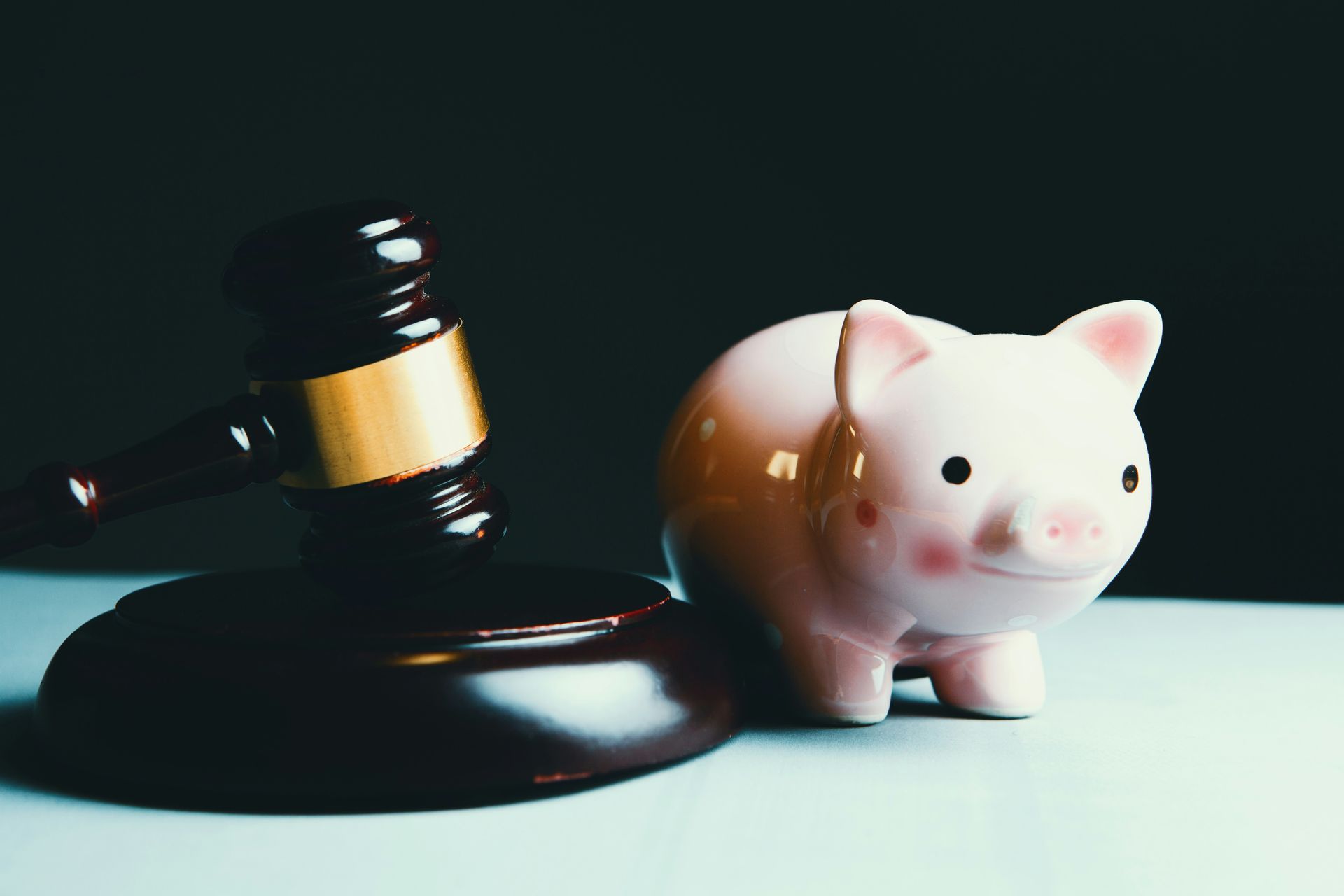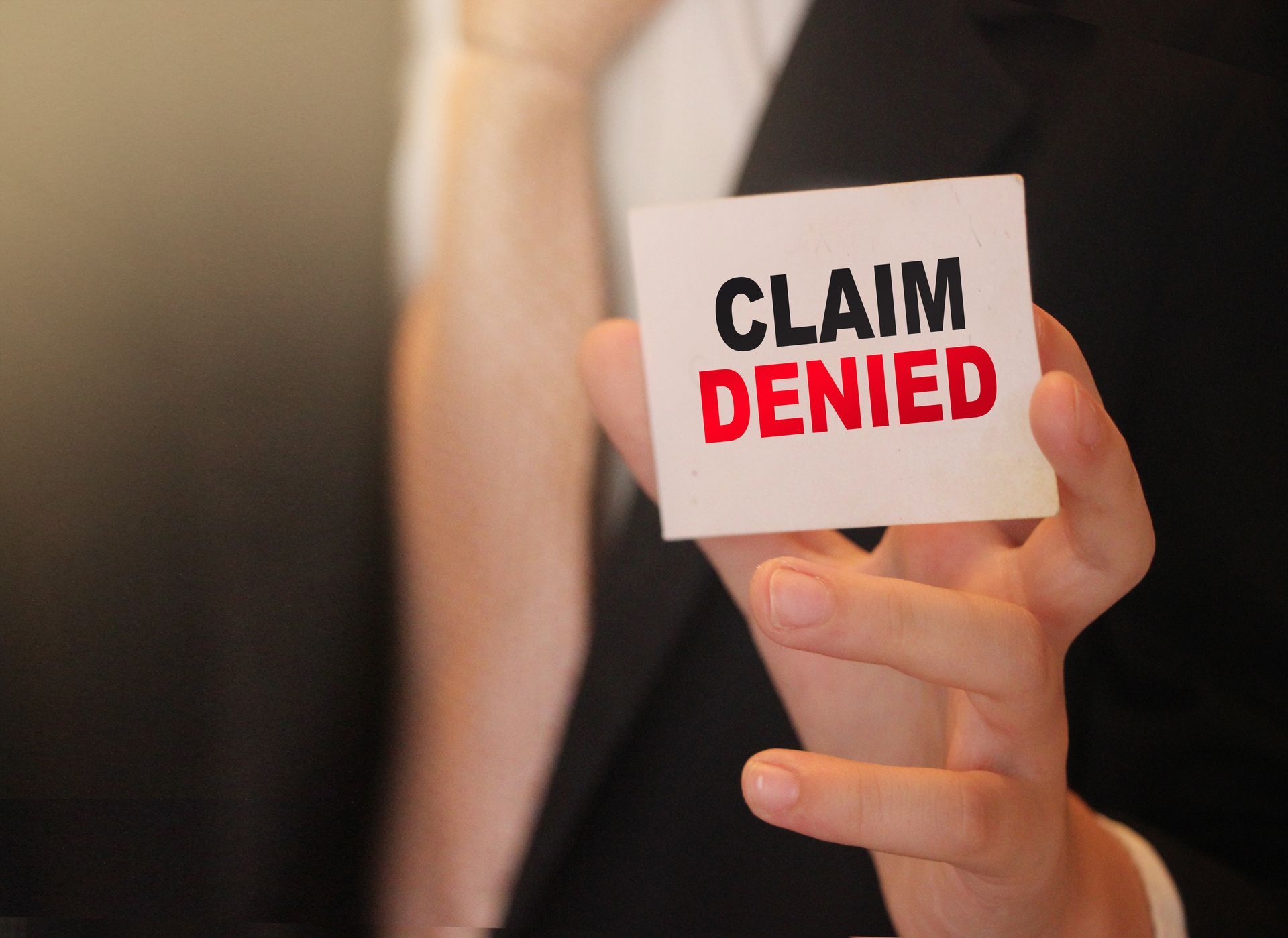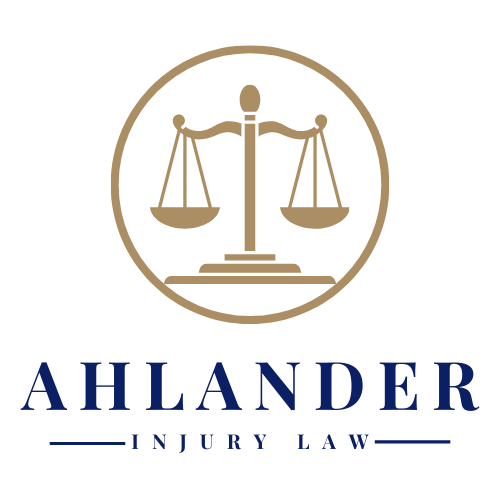Navigating Slip and Fall Dangers: Causes, Prevention, and Legal Tips
Slip and fall incidents are common occurrences that can lead to severe injuries and complex legal disputes. Understanding the causes of these accidents and implementing effective preventative measures is crucial for both individuals and property owners. This article explores the primary reasons slip and fall incidents occur, offers strategies to mitigate these risks, and provides essential legal advice for handling such situations.
Common Causes of Slip and Fall Incidents
Several conditions can lead to slip and fall incidents, with varying factors depending on the environment. Wet and uneven surfaces, poor lighting, and cluttered walkways are among the most prevalent dangers.
Wet and Uneven Surfaces
Moisture accumulation from spills, weather conditions, or cleaning processes can make surfaces slippery. Additionally, uneven flooring or poorly maintained carpets and rugs can contribute to tripping hazards.
Poor Lighting
Inadequate lighting can prevent individuals from seeing obstacles or changes in the flooring, increasing the risk of accidents. This issue is particularly critical in areas like stairwells and parking lots.
Cluttered and Obstructed Walkways
Obstacles such as cords, debris, or general clutter can cause individuals to trip and fall, especially in areas with high foot traffic.
Preventive Strategies for Property Owners
Property owners bear a significant responsibility in preventing slip and fall accidents. Implementing proactive safety measures not only protects visitors but also reduces potential legal liabilities.
Regular Maintenance
Conducting regular maintenance on the property ensures that pathways are clear and surfaces are kept in good condition. Immediate action should be taken to repair any uneven surfaces or replace worn-out flooring.
Prompt Clean-up Procedures
Establishing protocols for quickly dealing with spills and weather-related hazards like snow and ice is essential. This includes having a system in place for both the cleaning staff and notifying patrons of potential dangers.
Adequate Lighting
Ensuring that all areas, particularly walkways, staircases, and parking lots, are well-lit can significantly reduce the risk of accidents. Regular checks and maintenance of lighting systems are vital to sustaining visibility.
Safety Measures for Individuals
Individuals can also take steps to avoid slip and fall accidents by being vigilant and adopting safe practices in their daily activities.
Appropriate Footwear
Choosing footwear that provides good traction can help prevent slips, especially in wet or icy conditions.
Awareness of Surroundings
Paying attention to where one walks and looking out for warning signs or barriers that indicate hazards are fundamental ways individuals can protect themselves.
Using Supportive Features
Utilizing handrails on staircases, grasping handles in bathrooms, and taking advantage of other supportive structures available in public spaces can help maintain balance and prevent falls.
Legal Considerations and Actions
Understanding the legal implications of slip and fall accidents is crucial for both victims and property owners. In many jurisdictions, the liability of these incidents depends on negligence and due diligence.
Documentation and Reporting
In the event of a slip and fall, it is important to document everything about the incident, including the exact location, time, and condition of the area where it happened. Reporting the accident to the property owner or manager immediately is also crucial.
Seeking Legal Advice
Consulting with an attorney who specializes in personal injury law can provide guidance on the steps to take following a slip and fall accident. Legal professionals can help determine liability, navigate insurance claims, and, if necessary, initiate litigation to seek compensation for injuries and losses.
Understanding State and Local Laws
Slip and fall liability laws can vary significantly between different states and localities. Familiarizing oneself with these laws can provide insights into the legal standards and obligations regarding property safety and public liability.
For property owners and individuals alike, being informed about the risks and responsibilities associated with slip and fall accidents is essential. By implementing preventative measures and understanding the legal framework surrounding these incidents, both parties can navigate these dangers more safely and effectively. Keeping environments safe and adhering to legal obligations not only minimizes the risk of injuries but also protects against potential legal consequences. Through vigilance and proper management, it is possible to create safer spaces for everyone.
Suffered a slip and fall accident or looking to enhance safety on your premises? Our team specializes in legal services and safety solutions tailored to prevent and address slip and fall accidents. Don't let an accident impact your life or business - reach out to us for expert advice and support. Contact us today to ensure you're protected and prepared.





